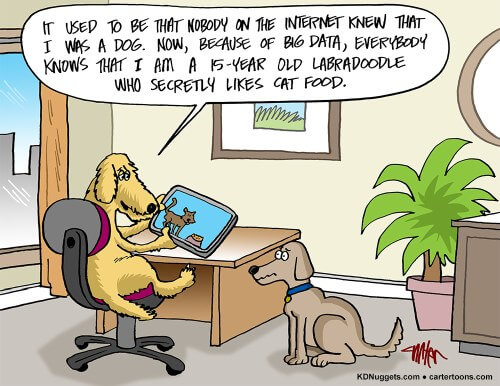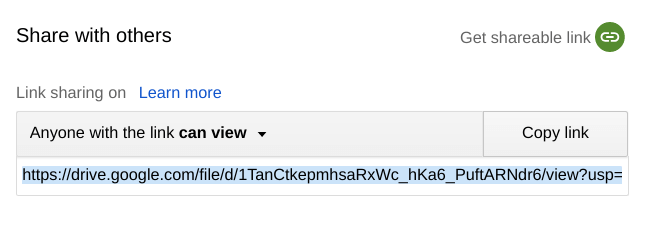Chapter 3 ~ Software and
Data Development

In this chapter you'll explore software development topics such as methodologies, cyberpsychology, data acquisition and use in advertising, machine learning, artificial intelligence, laws, and governing organizations.
Then, you'll examine a case where poorly developed software caused serious problems. You'll analyze the major player(s) in relation to an ethical theory.
3.1 Introduction
Author of Machine Curve,
Christian Versloot,
lays out the relationships between data structures, business, mathematics, artificial intelligence, and machine learning in the diagram below:

Versloot provides a detailed description of each main area of the diagram, which is an excellent read when you have ample time to digest it. Here is a brief overview to keep handy during the course, as these terms will popup often:
© 2017 Machine Curve
- Data science is about bridging the gap between data technology and data driven problems by bringing a good technological understanding & business-/problem-oriented mentality to the table;
- Artificial intelligence is about making machines intelligent – the goals may vary from superintelligence to very task-specific intelligence;
- Machine learning is about learning from data without explicit human programming, but with human-configured features;
- Deep learning makes the feature learning process autonomous. For this, the field uses very complex algorithms;
- Big data is about the characteristics of the data – volume, velocity, variety, veracity (and maybe variability) – and the value it may provide, but less about technology. Big data may be applied within any field, like ecology, astronomy, meteorology, but also in business. Business analytics tends to focus on applying data about past events to a business problem in order to learn for the future.
Learn more by viewing Machine Learning & Artificial Intelligence.
To improve their big data projects developers must gather lots and lots of data. One method is through Data Mining, which is explained in the following video.
3.2 Set up the Template and Reading List.
Use the following template link to complete this research and writing assignment.
- Login to your OSU Google Account.
- Launch this chapter's
- Do not request permission to use the file. Login to your OSU Google Account.
- Once you have the file open:
- → .
- Rename the new file so it includes your "First and Last name" in place of "Template".
- Move the file into a folder for this course.
- Add your name to the cover page.
- Read instructions on the cover page. When in doubt about how to write in the templates, refer back to this page for clarification.
- Refer to the green instructions below each page to understand what is required.
- The last page requires a bibliography.
Reading List
Refer to writing instructions under each page of the template. Open articles in new tabs and add them to your bibliography tool.
- Software Development Methodologies:
- Data Acquisition and Retention:
- AI researchers have a plan to pay patients for data.
- Maintaining American Leadership in Artificial Intelligence (USA 2019)
- How Crowdsourcing Is Shaping the Future of Everything.
- Citizen Science. Center for Innovative Research in Cyberlearning.
- Google still keeps a list of everything you ever bought using Gmail, even if you delete all your emails.
- ‘Scraping’ Is Just Automated Access, and Everyone Does It
- Apple's Tim Cook: You Deserve Privacy Online. Here’s How You Could Actually Get It.
- Seven Best Practices for Keeping Sensitive Data Out of Logs
- Public Info Doesn’t Always Want to Be Free.
- Online Advertising:
- The Algorithms Behind Digital Advertising
- Political Manipulation and Internet Advertising Infrastructure (Click the Download PDF button; may require OSU Library login.)
- Online Advertising: Crash Course Media Literacy #7.
- 4 AI Trends Set To Accelerate In 2021
- Facial Recognition:
- Will there be federal facial recognition regulation in the US? (2021)
- Facial Recognition Moves Into a New Front: Schools. (2020)
- AI cameras sold to schools in New York struggle with people of color and are full of false positives.
- Facial Recognition Technology Is Being Used To Find Missing Children
- App developers help find missing persons through crowdsourcing (China 2020)
- Laws and Regulatory Organizations:
- Information Transparency and Personal Data Control Act (Mar 2021)
- 10 Data Protection Regulations You Need to Know About
- S.734 - Internet of Things Cybersecurity Improvement Act of 2019
- Tech Policy Trends 2020: Did We Get Them Right?
- USA Data Protection Laws and Regulations
- Lawful Access to Encrypted Data Act (proposed in June 2020)
- Association for Computing Machinery (ACM)
- Institute of Electrical and Electronics Engineers (IEEE)
- Partnership on AI
- CyberOregon
- Strategic Recommendations for Federal Citizen Science and Crowdsourcing.
- Truth in Advertising laws.
3.3 Edit, download, and submit the file.
- Ctrlc or ⌘c Copy the bibliographic entries you made during the Explore Topics reading and research. On the last page of the template, Ctrlv or ⌘v paste in the bibliographic entries. Select the list and apply the bullet or numbered list icon. Update the font size to 14 if necessary. Add more pages if necessary.
- Check and correct grammar and spelling using the built-in functions.
- From the menu, choose Download as PDF.
- Check to confirm that hyperlinks work in the new PDF file. If they do not work, then in the Assignment Commenting Box, leave a note stating which platform, operating system, and browser you used to print or download the PDF file.
- Copy the file to a backup folder on your hard drive.
- Submit the PDF file by uploading it in the Canvas Assignment screen.
- Confirm that your file has uploaded by looking for the document icon in the Grades area.

 IEEE Spectrum's
2021 Cybersecurity and IT Failures Roundup.
IEEE Spectrum's
2021 Cybersecurity and IT Failures Roundup.